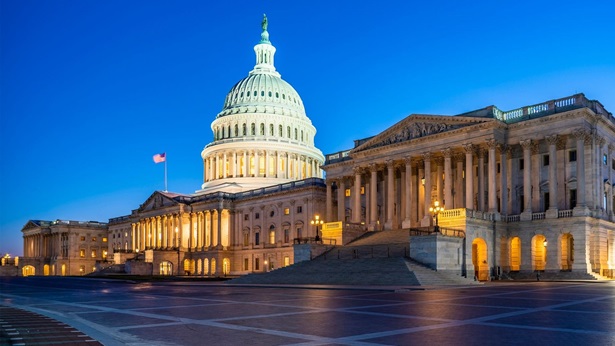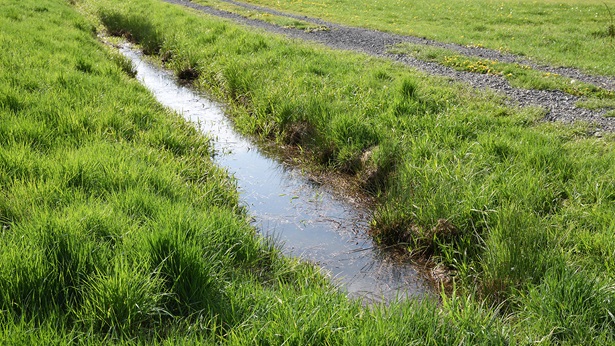Building Stronger Communities in Flood-Prone Areas
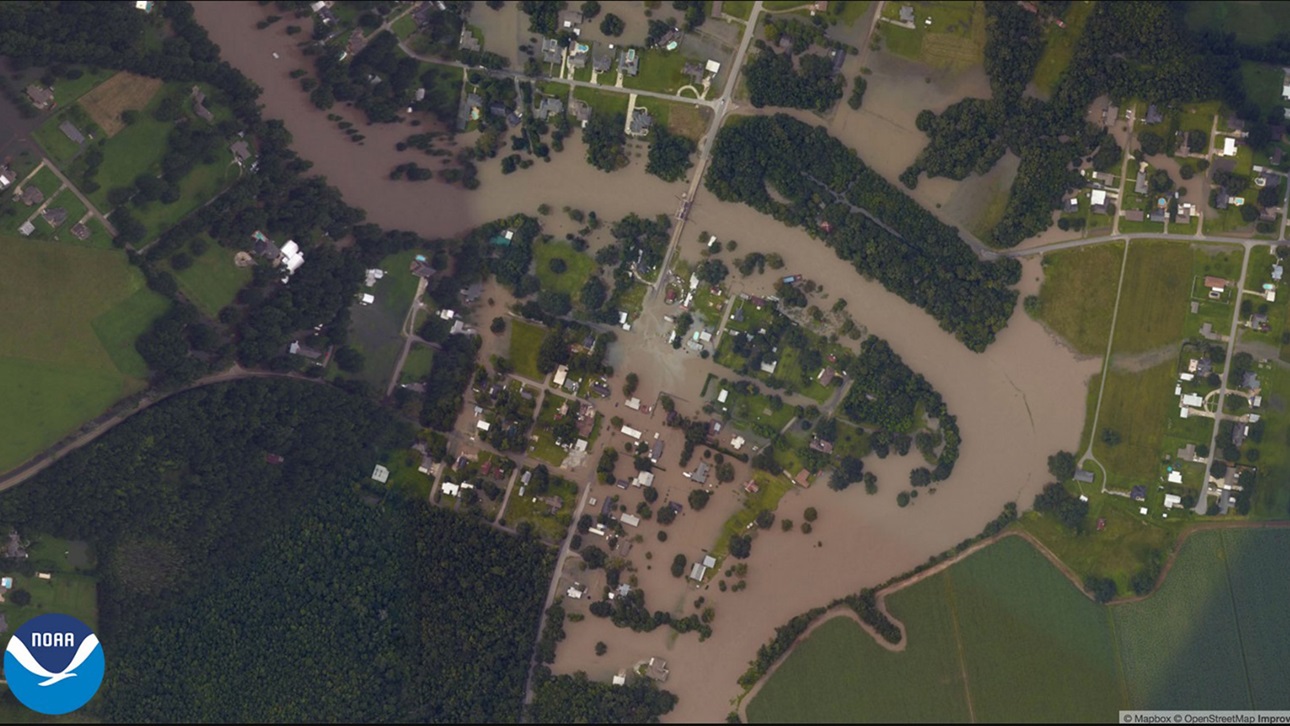
Location: Louisiana
Localized flooding that can overwhelm municipal stormwater systems seems to be occurring with increasing frequency because of extreme weather events or have been attributed to the ongoing effects of climatic change. These localized flooding challenges can also overwhelm stormwater controls installed on that has been increasing in rivers and streams across large parts of the Northeast and Midwest. Flooding is a hazard because it can destroy homes and carry hazardous materials that can cause major health problems. For example, it can cause material damage, leading to mold and disruption to asbestos.
Flooding events have been occurring more regularly in recent years, being triggered by heavy rainfall instead of the typical storm. In Louisiana, this has caused the need for changes in infrastructure around houses, which usually include filling lots to increase elevation. Older houses in the area that are not built to the National Flood Insurance Protection (NFIP) standard have seen higher instances of flooding, causing many residents to be against development. To address these concerns, many municipalities have enacted nine-month to one-year moratoriums on building.
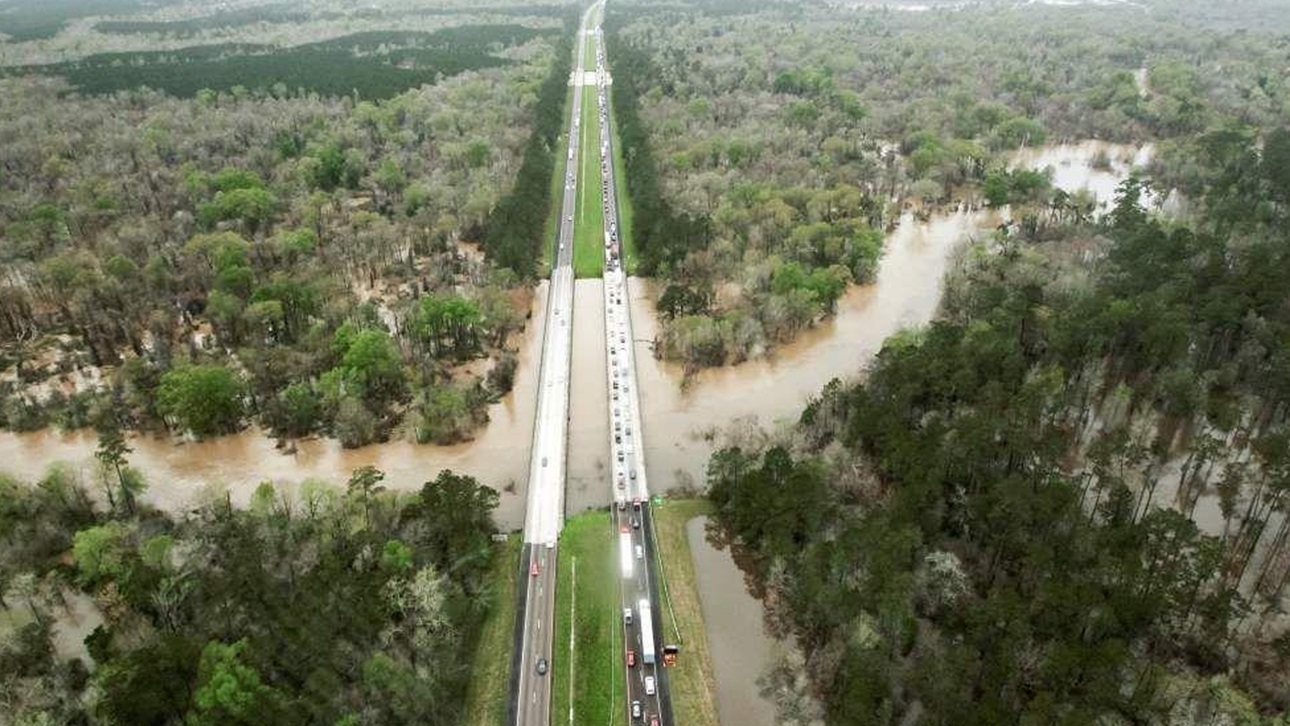
2016 flooding of Tangipahoa River (Source: NOLA.com)
Challenge: Flood Events Preventing Building
There has been an increase in flooding events in certain areas of the country due to the changing climate. These events cause distress to homeowners, who then push to stop new development. For instance, in June 2021, the Parish of Ascension enacted a building moratorium after homes were flooded in the May storms. This moratorium was in response to concerned residents associating the increase in flooding with an increase in new developments.
In another parish on the Northshore of Louisiana, a building moratorium halted the building of higher density properties, with a restriction of one unit per acre. The result is a quadrupling of the home price for those lots, preventing home buyers from purchasing homes in the Northshore and dissuading builders from constructing homes.
These types of local moratoriums can cause problems for local builders because of the inability to build, as well as the anti-builder framing that is occurring within the community.
Resolution: Local Lobbying and Community Education
Louisiana home-building professionals have found that lobbying and educating their community about flooding and the need for infrastructure has worked to make sure the building moratoriums are temporary. They also have created the Louisiana Stormwater Coalition for stormwater management to better advocate for state and federal funds.
Along the Northshore, builders have used similar tactics, including referencing the Louisiana Watershed Initiative as a funding source for local municipalities to fix infrastructure problems that are leading to flooding.
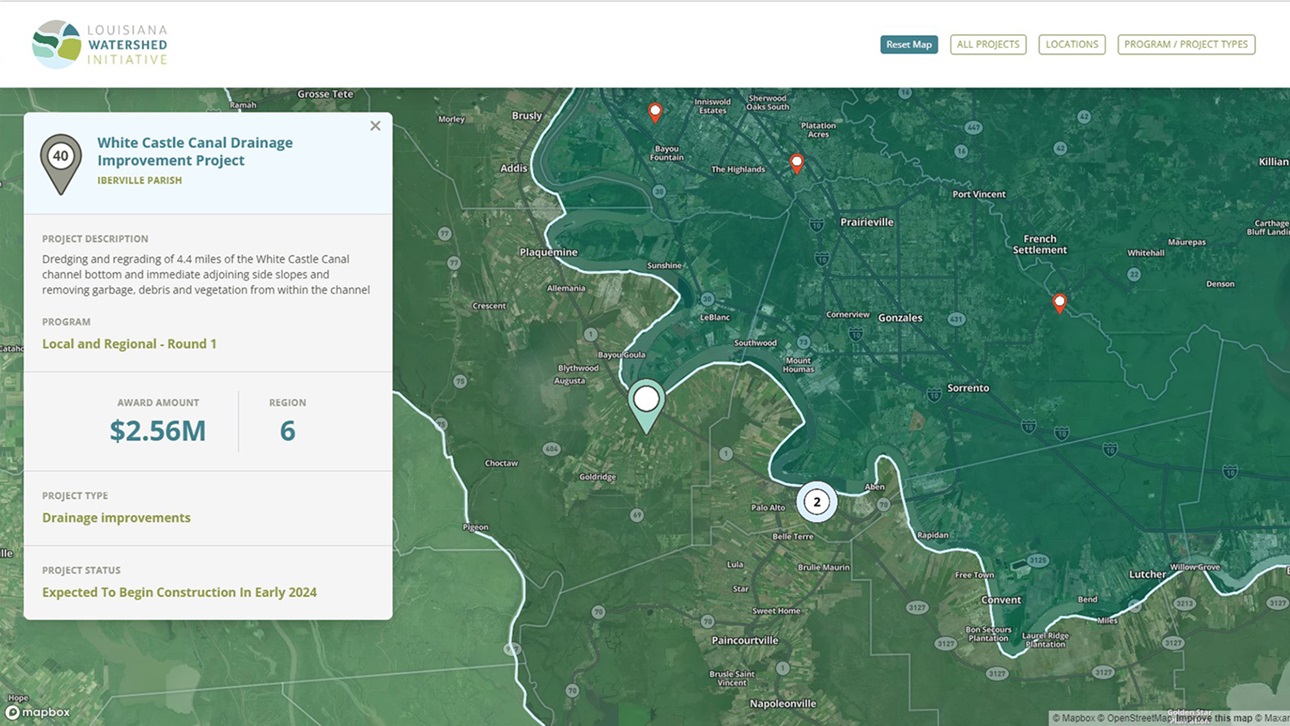
Source: Louisiana Watershed Initiative
Challenge: Lack of Infrastructure and Lack of Funds
Prior to the Clean Water Act enactment in the 1990s, there was no need for the development community to think about future water plans. A lack of municipal infrastructure is now affecting older developments that were created prior to 1990. The need for infrastructure is more necessary than ever as major water events have increased.
However, many local governments have not included a stormwater infrastructure line item in their budgets. Without understanding the importance of infrastructure as a preventive measure, many communities push it aside and are left without any means to create or renovate their current infrastructure.
Resolution: Outside Funding Sources
There has been recent legislation that attempts to distribute funds for these projects. For example, the Bipartisan Infrastructure Law is providing $50 billion to improve water infrastructure.
Additional resources for funding water infrastructure include:


